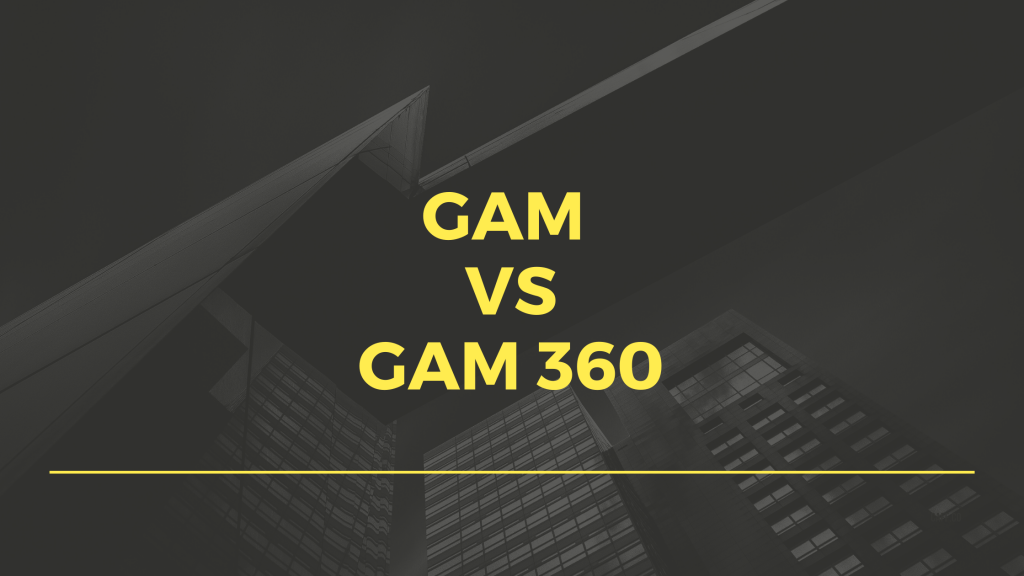Google Ad Manager (formerly known as DoubleClick For Publisher) is unquestionably the world’s most popular ad management platform that enables publishers to sell and manage ad inventory. There are two types of Google Ad Manager (GAM) accounts available on the market: Ad Manager – previously known as DFP Small Businesses (the free version) and Ad Manager 360. (the paid version). In this piece, we’ll highlight the primary differences between the Google Ad Manager and Google Ad Manager 360, both their main features and the prerequisites for publishers to be able to use them.
Google Ad Manager (GAM)
Google Ad Manager (previously known as DFP or DoubleClick for Publishers) is a free ad management software with no minimum ad impressions restriction that is commonly used by small to medium-sized Publishers.
If you are situated in the United States or Canada, you can serve up to 90 million impressions per month to non-video ad units in GAM. The monthly free impressions limit varies by geography, and the full list may be seen here.
Features
GAM gives you access to a good range of features, such as:
- A comprehensive solution for managing your ads for a multi-screen audience.
- API accessibility,
- Access to a limited number of reports, such as active view impressions, history, reach, and standard or extensive delivery.
- Management of line items,
- Ad Unit Hierarchy: Up to Level 2 i.e. Parent and Child,
- Ad Formats: Native Ads, Responsive Ads, Video Ads,
- Key-values for custom dimensions (note the limit is 5,000).
What is Google Ad Manager 360 (GAM 360)?
Google Ad Manager 360 is a premium version of GAM designed for publishers with higher traffic levels, more complicated ad configurations, and more advanced requirements.
In addition to the standard GAM functions, Google Ad Manager 360 offers a slew of new and quite valuable features, such as Open Bidding and Audience Management, as well as access to Google Support.
Requirements
GAM 360 requires over 90 million impressions per month. If you generate a lower volume, you can still use Ad Manager’s premium edition, but only through a GCPP.
Features
Aside from the standard features available to Publishers that use Ad Manager, the premium edition adds a slew of new and valuable features, such as Open Bidding and Programmatic Guaranteed.
Open Bidding, also known as Google’s reaction to Header Bidding and formerly known as EBDA and Exchange Bidding, enables additional SSPs to be integrated into GAM and compete with AdX and other price-priority line items in real-time server-to-server bidding. Simply said, Open Bidding raises the level of competition and demand for your inventory.
Programmatic Guaranteed Deals, in which customers can directly purchase a set number of impressions from the Publisher at a preset price. Programmatic Guaranteed gives Publishers access to premium advertisers looking for high inventory volumes and willing to pay a premium.
Additional GAM360 features include:
- Advanced video settings,
- Audience targeting in great detail, as well as auto-suggested ad units,
- Special ad unit that needs traffickers to expressly target the ad unit for serving line items.
- Formats: GAM SB supports all ad formats, as well as extra ones such as rich media formats and in-banner video.
- Line Item Type Hierarchy: There are a total of seven levels, which comprise (Sponsorship, Standard, Adx),
- Audience segments,
- GAM data in data studio, a reporting tool dashboard,
- More detailed reporting and reporting perimeter reports, such as future sell-through and invoiced impressions, are available.
- Team network options that make it easier to grant and restrict granular access to data, advertisers, and ads to groups of users,
- Ads.txt. management,
- Creative wrappers (pieces of HTML code that can be added before/after creative code),
- Direct access to Google Support.
GAM 360 benefits overview
- Advanced Reporting: Connect GAM to Google Data Studio for enhanced visual reporting
As the quantity of impressions grows, reporting gets more difficult. Publishers strive for better reporting systems in the face of complex sell-cycles and ever-increasing line items. It’s where GAM 360 comes in, by allowing publishers to link to Data Studio. It transforms your data into useful reports and dashboards that are simple to read and share.
- Audience Solution: Audiences can be segmented depending on several demographics.
Publishers can use Audience Solution to segment audiences based on certain demographics and sell narrowly targeted inventory to advertisers by:
– Associating these segments with ad units, placements, and key-values.
– Setting other attributes such as number and recency of page views (or app activities).
- Teams feature: Form a team to streamline user management.
Teams can be configured to limit user access to certain objects like advertisers, agencies, proposals, orders, ad units, and more. The Teams function is especially useful for individuals who manage multiple firms in their Ad Manager 360 account, as it can aid in the protection of client data and the avoidance of confusion.
- Advanced Video Options such as Podding, Dynamic Ad Insertion, and more
Publishers can also use GAM 360 to obtain advanced video ad solutions. However, the availability of these choices may vary according to the type of GAM 360 account you have. Publishers with advanced GAM 360 get access to more video ad functionalities than GAM 360 publishers.
In conclusion
Even though the free version of Google Ad Manager is a wonderful solution with many capabilities to serve most publishers, using Google Ad Manager 360 has a few additional benefits. GAM 360 is the way to go if you are a publisher with a minimum traffic level of *90M monthly impressions and need more advanced ad serving and reporting options. Contact us today for a free consultation. and find the best solutions for your needs.


